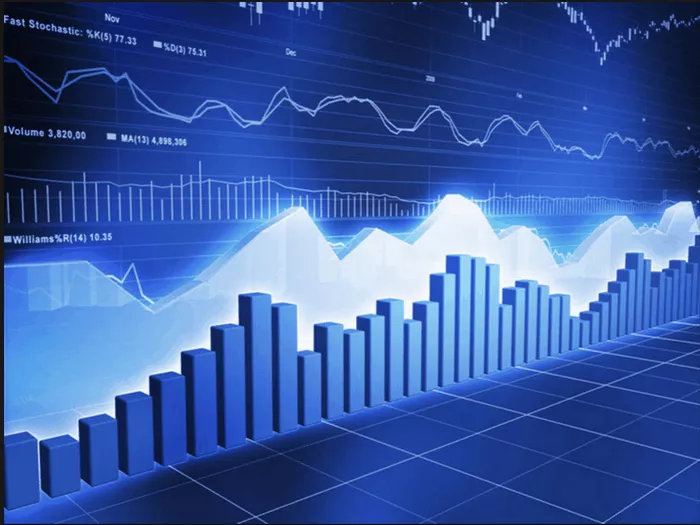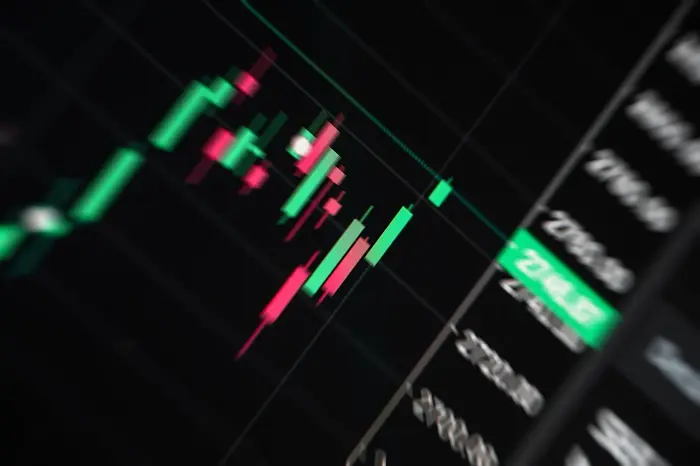Recently, Goldman Sachs analysts Karen Reichgott Fishman and Lexi Kanter said in a report that the fading of American exceptionalism and the increasing risk of a U.S. recession are prompting a shift in foreign exchange hedging strategies.
The report data shows that since the beginning of 2025, the annualized return of yen investors who hedged the foreign exchange risk of U.S. stocks has been 11.6 percentage points higher than the unhedged portfolio, while the return of U.S. stock investors who hedged the foreign exchange risk of European stocks has decreased by 22.9 percentage points. Based on this, Goldman Sachs recommends that foreign investors should increase the proportion of foreign exchange hedging for U.S. stocks (especially yen and euro investors), while U.S. investors should reduce the proportion of foreign exchange hedging for non-U.S. stocks, or even directly hold non-U.S. dollar assets.
Deutsche Bank also said that the euro outperformed the U.S. dollar after the tariff shock on April 2, and as the eurozone actively took measures to increase the supply of safe assets, strengthen national defense and relax fiscal policy, the euro’s attractiveness as a safe-haven asset is rising, and it is expected to become a “substitute” for the U.S. dollar.
Goldman Sachs said that the balanced global economic growth and improved overseas return prospects have made the simultaneous decline of the U.S. dollar and U.S. stocks more frequent and persistent. In addition, Goldman Sachs proposed four main factors that investors should consider when deciding whether to reduce foreign exchange exposure: portfolio composition, cross-asset correlation, carry trades, and economic outlook.
Taking these factors into consideration, Goldman Sachs believes that foreign investors should increase their foreign exchange hedging ratio for US stocks, while US investors should reduce their foreign exchange hedging ratio for non-US stocks or directly hold non-US dollar assets, considering the rising risk of US recession, falling stock prices, uncertainty in US policies and increased foreign exchange volatility. This may lead to a reduction in demand for the US dollar, and Goldman Sachs therefore predicts that the US dollar will continue to depreciate in the coming year.






























